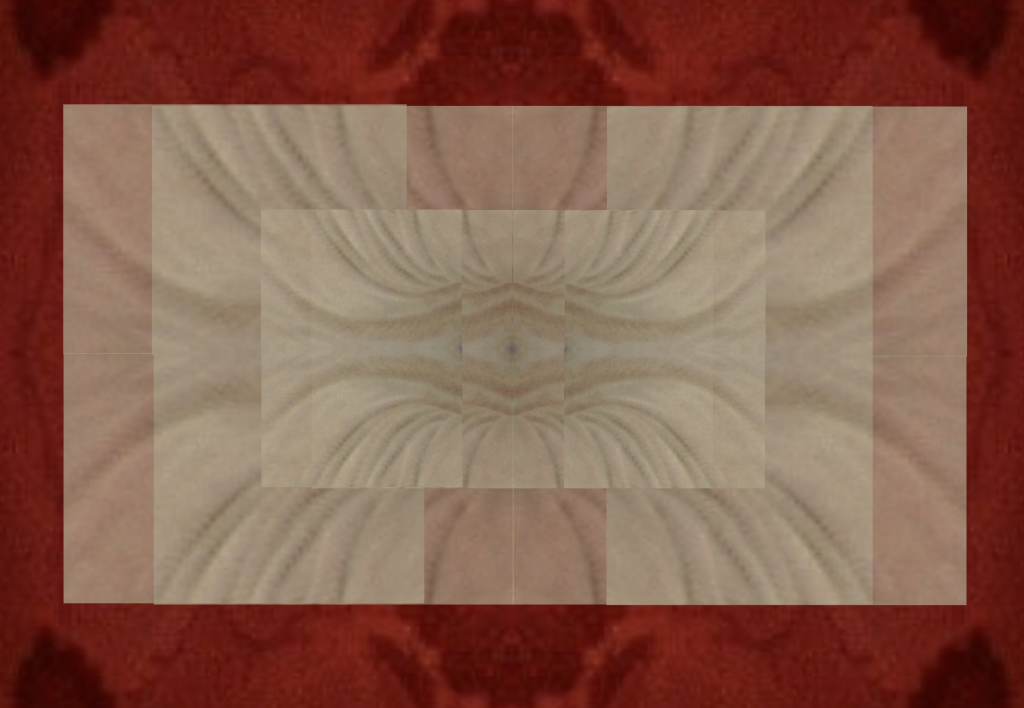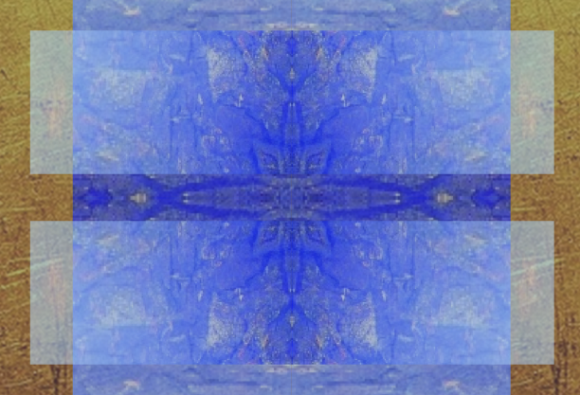When a person finds themselves in circumstances that fit an archetypal pattern, the archetype is ‘activated’. That is to say, the person’s behavior begins to conform (unconsciously) to what is the typical behavior for this particular sort of situation, and so do their perceptions, emotions, and so on. To an observer the whole psychology of the person starts to conform to the pattern, which is sometimes expressed by saying that the archetype ‘dominates’ their psychology.

Most of this is unconscious, however. This means that, although an observer might notice, the person themselves is not aware of the pattern. The person themselves does not interpret their own behavior in terms of the archetypal pattern — instead, they will most likely find an interpretation of their own: rationalizations, habitual thought patterns, a general imprint from their social surroundings or from media consumption — all these will provide bits and pieces out of which the subject builds their own, conscious self-image.
And while this might work sometimes, there may be situations when it doesn’t. In those latter situations, the clash (cognitive dissonance) between the actual behaviors of the person (which conform to the archetype) and their own conscious self-interpretation is so harsh that the subject becomes aware of the problem and tries to address it. The person, to put it in a single phrase, tries to re-orient themselves in their world; and since their world is comprised of both their external surroundings (events, other people) and their own inner life (ideas, emotions, …), a re-orientation is needed both towards the external and the internal.
1. Now according to Jung, this process can be supported by mythical narratives (or a knowledgable analyst) which already express the archetypal pattern, and therefore provide the subject with the materials they need in order to weave a narrative for interpreting their own situation.
If none of that is available, the unconscious content — seeking expression — might alternatively appear in dream images, in obsessive behavioral patterns, or projections. The common thread in all these phenomena is that the archetypal pattern appears ‘somewhere’ in order to present the subject with an opportunity to first notice the archetypal pattern, and then incorporate it into their re-orienting self-interpretation.
(In some sense, this almost looks like a ‘cunning’ trick by the unconscious to guide the subject’s consciousness to the archetype even in cases where there is no external helping hand, such as a myth-telling grandfather or a learned analyst. This way of putting it certainly is congenial with Jung, who frequently expresses it along those lines.)
If we look closer, we will notice that some of these ways in which the unconscious content appears is part of the internal world: dream images, for instance; whereas some of it is part of the external world, namely: projections. There are, so to speak, introverted and extraverted ways for unconscious contents to bring themselves to conscious attention. In general, if an unconscious content appears as patterns perceived in the external world, we subsume this under the notion of projection.
2. But the notion of projection is itself a broad umbrella which covers a variety of different ways in which unconscious contents might appear, to a subject, as something they notice in the external world.
One, and a rather famous one, is the projection of archetypal figures onto other people, i.e. real persons in the external world. Thus one’s boss might appear as a father figure (or one’s lover appears as an animating force), in which case the archetype becomes personified. (The introvert counterpart would be a personification of the father archetype appearing as a dream image.) Likewise, a subject might project dangerous witches or wise old men, or even (veering into more neurotic territories) see animalistic projections into other people.
But there is another, less obvious (and perhaps less common) way: and that is the projection of a link, an association, or connection into the external world. In such cases, the unconscious content expresses itself by suggesting, to the subject, a meaningful link between external events — events which for everyone else are unrelated or at best coincidental.
Why does the unconscious require the subject’s consciousness to draw meaningful connections? That is because the subject is in the process of re-orienting themselves, i.e. the process of finding a new narrative of self-interpretation. By becoming part of this conscious narrative, the archetypal materials become meaningful; or, to put it the other way: their meaning consists in their place in that new narrative of self-interpretation.
But why connections?
Presumably, some archetypal structures are best expressed in personified form, whereas others lend themselves to a different, more abstract representation: as relationships, as connections. (Also: as roundedness, closure, infinity, and so on. But that is yet another story.) And those latter ones, if projected, appear not so much as figures projected into other people, but as connections between events.
And that, fundamentally, is what synchronicities are.




[…] I have already suggested that synchronicities represent another such situation type. If the idea of a “meaningful coincidence” is an archetypal idea, we could expect many people […]